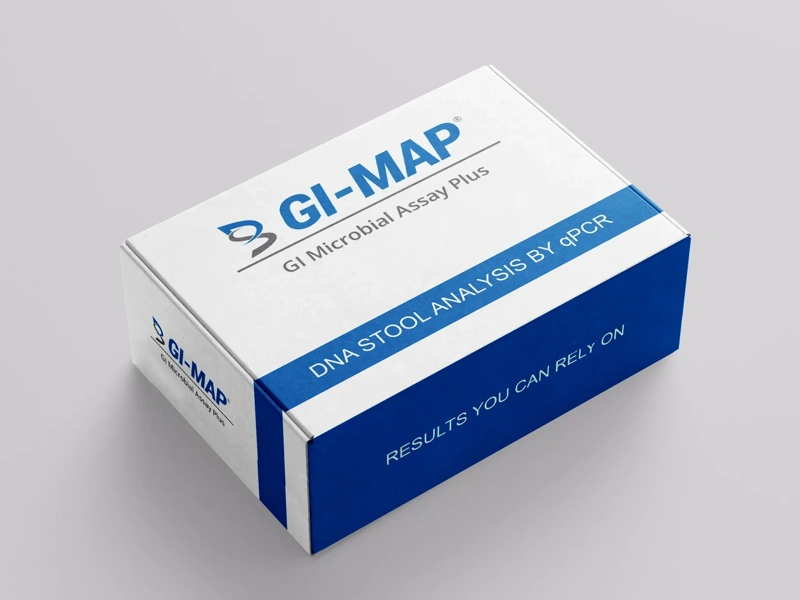
At Intrinsic Body Wellness, we understand that the journey to optimal gut health is multifaceted and requires a comprehensive approach. The Five R’s of Gut Healing is designed to systematically address and ameliorate gut health issues, improving overall well-being. This article delves into these pivotal steps: Remove, Replace, Reinoculate, Repair, and Rebalance, offering practical tips and in-depth insights for those seeking to rejuvenate their gut health.
1. Remove: Eliminating the Negative
The first crucial step in our gut healing regimen involves the elimination of substances and factors that negatively affect gut health. This includes dietary irritants like gluten, dairy, processed foods, environmental toxins, and stressors.
Key Strategies:
- Dietary Adjustments: Initiate an elimination diet to identify and remove food sensitivities.
- Stress Management: Incorporate relaxation techniques such as yoga, meditation, aromatherapy, or deep breathing exercises to reduce stress, a known disruptor of homeostasis and health in the gut.
- Toxin Reduction: Limit exposure to environmental toxins by opting for natural cleaning products, personal care products, and other clean home swaps.
2. Replace: Replenishing What’s Lost
After removing harmful elements, it’s essential to replace digestive components that may be lacking, such as digestive enzymes, hydrochloric acid, and bile acids. These are critical for proper digestion and absorption of nutrients.
Key Strategies:
- Enzyme Supplements: We may consider supplements like Betaine HCL or digestive enzymes to aid digestion, especially if you experience bloating or discomfort after meals.
- Nutrient-Dense Diet: Focus on a whole food diet rich in vegetables, lean proteins, and healthy fats to naturally replenish nutrient levels.
3. Reinoculate: Restoring Beneficial Bacteria
A healthy gut flora is paramount for optimal gut health. Reinoculation involves introducing beneficial bacteria into the gut through prebiotics and probiotics, fostering a favorable gut environment.
Key Strategies:
- Probiotic-Rich Foods: Incorporate fermented foods like yogurt, kefir, sauerkraut, and kimchi, which are natural sources of probiotics.
- Prebiotic Fiber: Ensure your diet includes plenty of prebiotic-rich foods like garlic, onions, bananas, and asparagus to feed the beneficial bacteria.
4. Repair: Nourishing the Gut Lining
The fourth step focuses on repairing the gut lining to prevent leaky gut syndrome, where toxins and food particles “leak” into the bloodstream, causing systemic inflammation and other health issues.
Key Strategies:
- Gut-Friendly Supplements: Supplements like L-glutamine, zinc, and collagen can support the repair of the gut lining.
- Bone Broth: Regular consumption of bone broth provides essential nutrients and amino acids like proline and glycine, which are crucial for gut lining repair.
5. Rebalance: Maintaining a Healthy Lifestyle
The final step, Rebalance, emphasizes the importance of maintaining a balanced lifestyle to support long-lasting gut health. This includes regular physical activity, adequate sleep, and a balanced diet.
Key Strategies:
- Regular Exercise: Regularly exercise to reduce stress and enhance gut motility and resilience.
- Adequate Sleep: Ensure 7-9 hours of quality sleep per night to allow the gut ample time to repair and regenerate.
- Mindful Eating: Practice mindful eating by chewing food thoroughly and eating in a relaxed environment to support digestion.
Intrinsic Body Wellness is committed to guiding individuals to optimal gut health. By following The Five R’s of Gut Healing, you address the symptoms and rectify the underlying issues that compromise gut health. Embrace these steps and embark on your path to a revitalized and resilient digestive system.
The content provided in this article, including all text, images, and other material, is strictly for informational purposes only. While the information covers the GI-MAP test and its potential benefits, it does not constitute professional medical advice, diagnosis, or treatment. The discussion is not intended to suggest or imply the creation or proposition of individual treatment plans by the author.
As the author, I am not engaged in rendering medical, healthcare, or other professional services through this content. The details shared about the GI-MAP test are meant to foster understanding and knowledge of this particular health assessment and are not to be interpreted as specific medical advice.
I encourage all readers to consult with their healthcare provider, physician, or licensed medical professional regarding any personal health concerns or conditions. No reader should act or refrain from acting based on information provided in this article without first seeking professional advice from a qualified healthcare provider.

